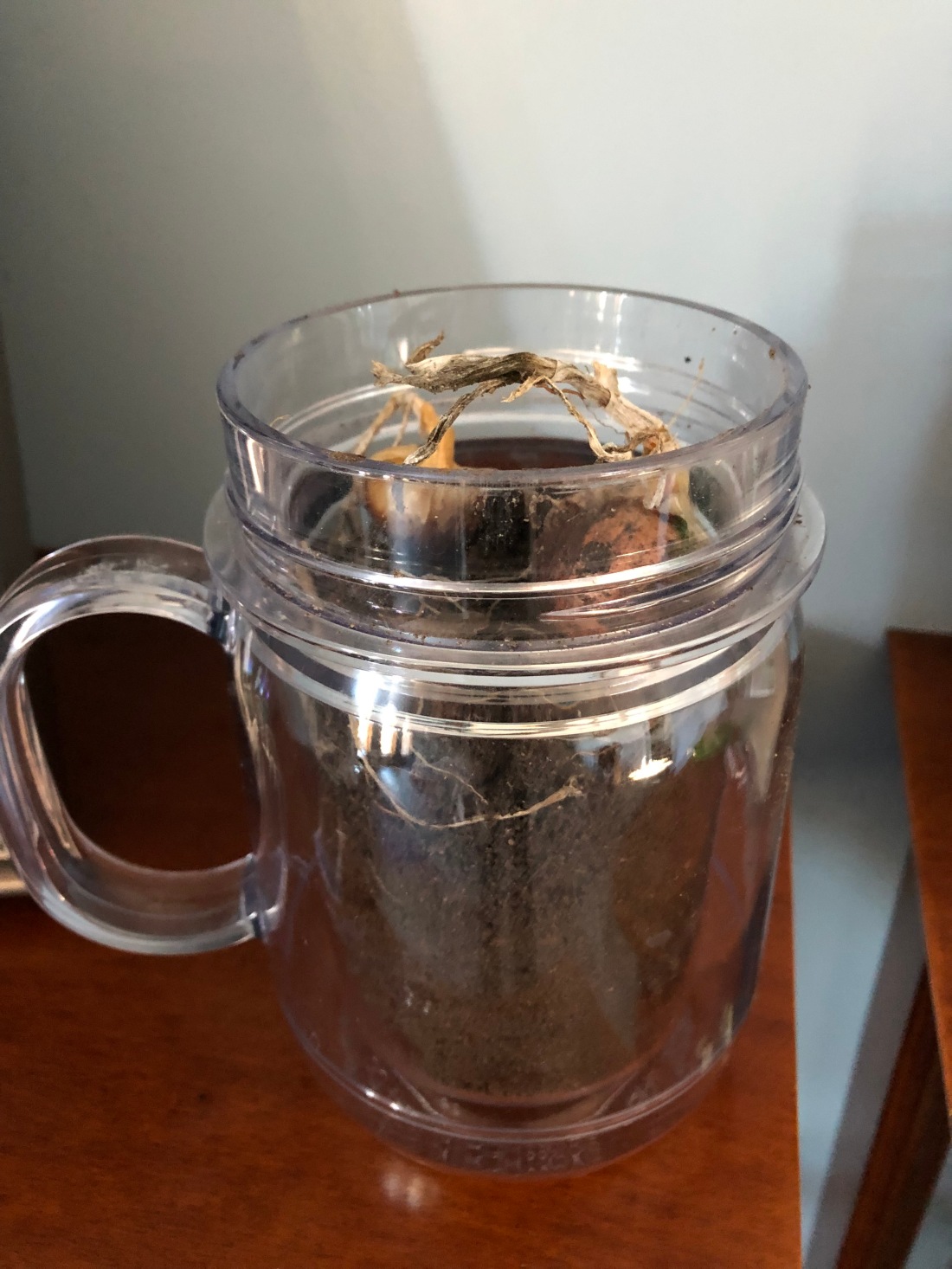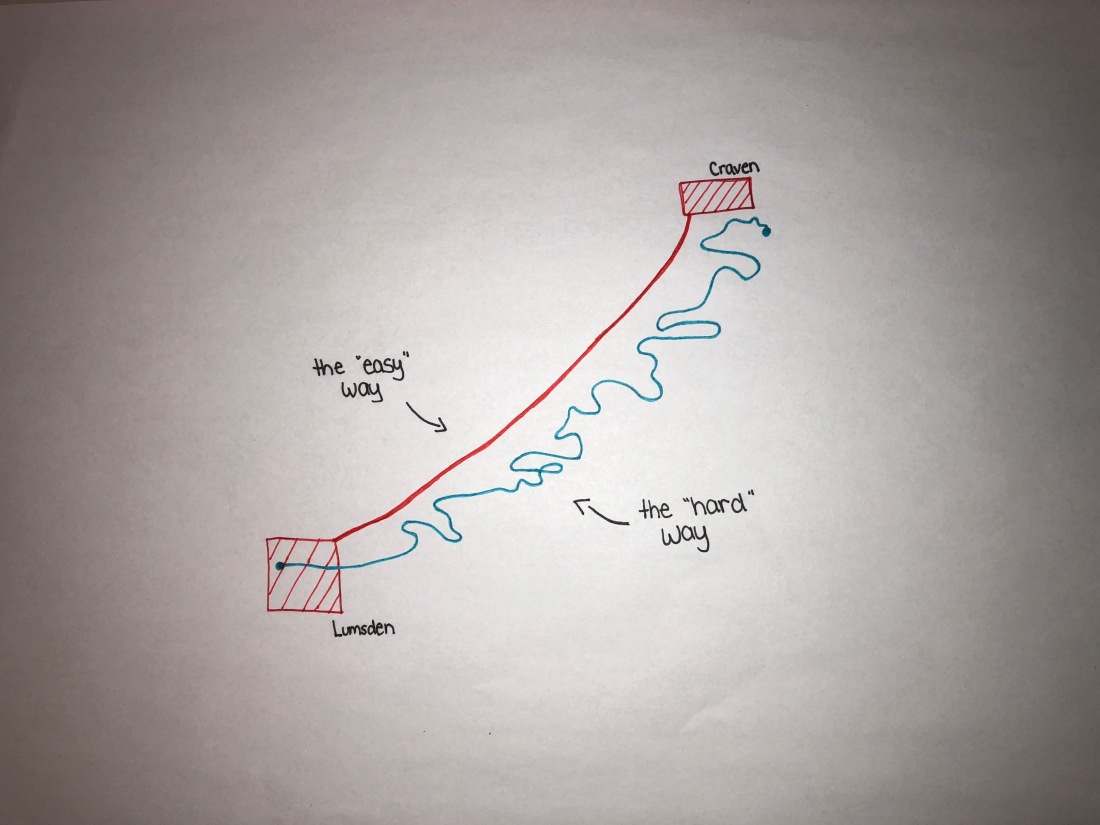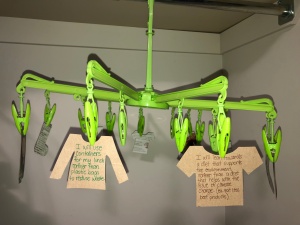When reading my classmates letters and poems, I noticed many similarities and differences between mine and theirs. Specifically looking at Ben’s and Natalie’s pieces, there were a few similarities between theirs and mine.
In Natalie’s piece, she refers to looking beyond what humans have done to the Earth and appreciate the natural gifts that the Earth has to offer when she writes “your ability to strip the synthetics, the man-made, the negative and realize that all you need surrounds you”.
This idea of realizing everything that you need is natural is similar to a line in my piece that says “we, the human race, need to experience these feelings more often to truly appreciate the effects that nature has on us and thousands of other species”. The main idea of both of these quotes is that the Earth supplies us with all we need to survive without all of the extras that humans have created. We have the ability to live off of the land rather than constantly creating, consuming, and destroying. The human race needs to be more appreciative of the natural aspects of the Earth rather than just the created aspects. There is more to the Earth and to life than just consuming. The mentality that consuming is essential is the reason that the climate is changing and that parts of the Earth are getting destroyed. We need to create a mentality that supports the survival and prosperity of the Earth.
In Ben’s piece, he states “for the future generations, we need to set the right tone” which is saying that we need to focus on protecting the Earth and the environment to ensure that the future generations will be able to live suitably. This idea is similar to my letter when I stated “we need to rekindle our love and kindness towards nature for us and for future generations”. I think that currently, our society is very focused on “the now” and not focused enough on the future. If we keep producing and consuming, what will be left for our children and our grand-children? Will they get to live the same life and enjoy the same environments that we currently have the opportunity to experience? We need to be focusing on preserving the environment and giving back to the environment as much as we can so that the next generations will be able to sustain themselves properly. This idea of reciprocity is one of the topics that Kimmerer brings up in his book Braiding Sweetgrass. We need to be practicing reciprocity to ensure that the Earth will be sustainable today, and in the future. If we continue to take and not give back, there will soon be nothing to take and the environment will be in dire need. Reciprocity is essential in a world that is focused on consuming.
There are a few differences between Ben’s and Natalie’s pieces in comparison to mine. Natalie’s letter is focused on the kind of person she wants to be. She wants to be a person that respects the Earth and gives back to it. She wants to be a person that is aware of her surroundings and what is naturally offered to her. In Ben’s poem, he is writing about things that he has learned about the environment from a more experienced or more educated person. My letter is a more of a message to the human race as a whole about what we have done and what we need to do to respect the Earth to ensure that we don’t completely destroy it. All three of these ways are demonstrating our knowledge about the environment and what it means to be eco-literate. Although they are conveying generally the same message, they are written differently which is what makes each very unique.




